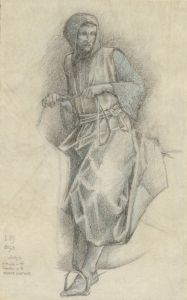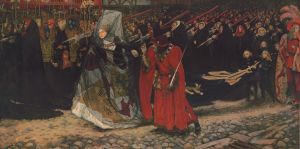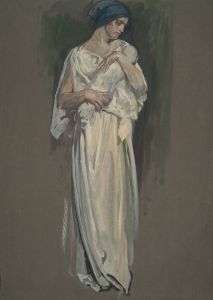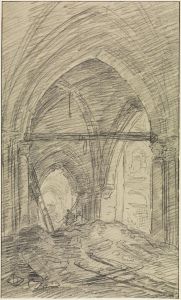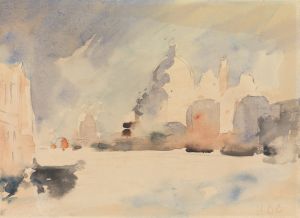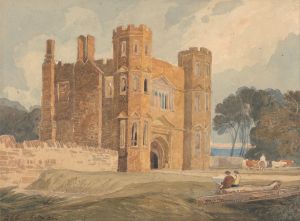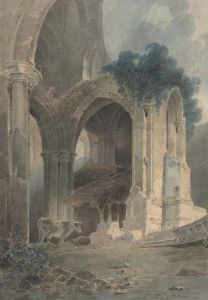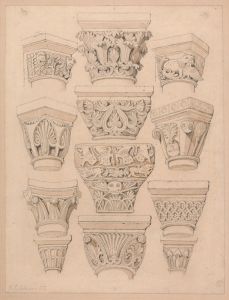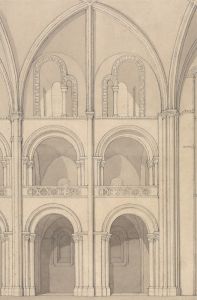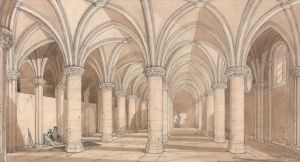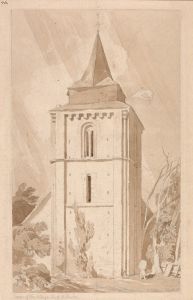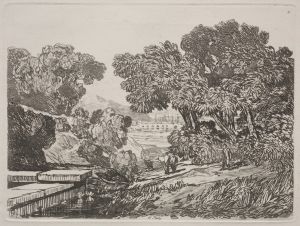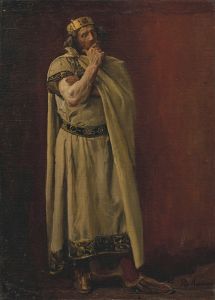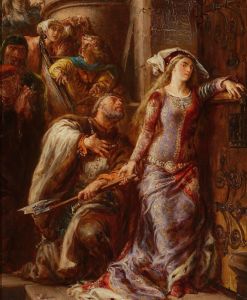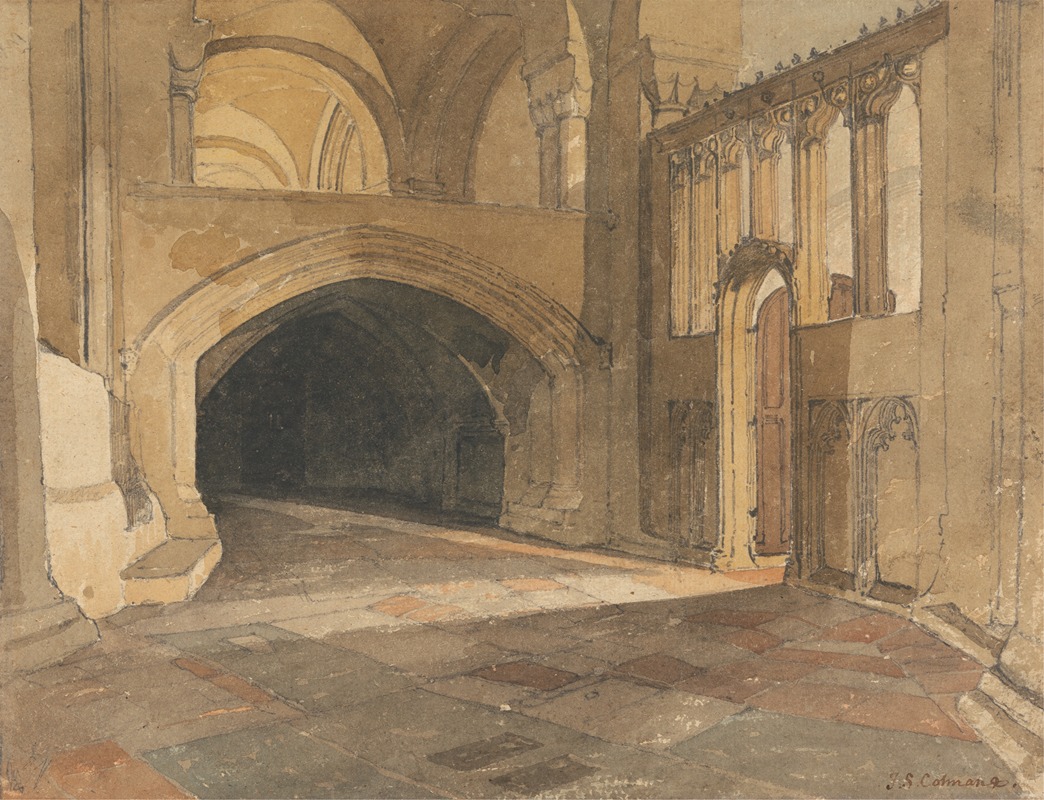
Norwich Cathedral; Entrance to Jesus Chapel
A hand-painted replica of John Sell Cotman’s masterpiece Norwich Cathedral; Entrance to Jesus Chapel, meticulously crafted by professional artists to capture the true essence of the original. Each piece is created with museum-quality canvas and rare mineral pigments, carefully painted by experienced artists with delicate brushstrokes and rich, layered colors to perfectly recreate the texture of the original artwork. Unlike machine-printed reproductions, this hand-painted version brings the painting to life, infused with the artist’s emotions and skill in every stroke. Whether for personal collection or home decoration, it instantly elevates the artistic atmosphere of any space.
John Sell Cotman was an English painter, illustrator, and author, known for his contributions to the Romantic movement and his mastery in watercolors and etchings. One of his notable works is "Norwich Cathedral; Entrance to Jesus Chapel," which reflects his keen interest in architectural subjects and his ability to capture the essence of historical structures.
Cotman was born in 1782 in Norwich, a city with a rich medieval history and a vibrant artistic community. He became associated with the Norwich School of painters, a group of artists connected by their shared interest in the landscapes and architecture of Norfolk. Cotman's work often focused on the detailed depiction of buildings, and he was particularly drawn to the Gothic architecture of churches and cathedrals.
"Norwich Cathedral; Entrance to Jesus Chapel" is a fine example of Cotman's architectural studies. Norwich Cathedral itself is a significant historical and architectural landmark, originally constructed in the Norman style beginning in 1096 and completed in 1145. The cathedral is renowned for its Romanesque architecture, with later Gothic additions, and it houses numerous chapels, including the Jesus Chapel.
In this artwork, Cotman captures the entrance to the Jesus Chapel with meticulous attention to detail. His use of light and shadow emphasizes the intricate stonework and the play of light on the cathedral's surfaces. Cotman's technique often involved the use of subtle color washes and precise line work, which can be seen in the delicate rendering of the chapel's entrance.
Cotman's approach to architectural subjects was not merely documentary; he imbued his works with a sense of atmosphere and mood. In "Norwich Cathedral; Entrance to Jesus Chapel," the viewer can sense the quiet reverence of the sacred space, a testament to Cotman's ability to convey emotion through architectural form.
Throughout his career, Cotman produced numerous studies of ecclesiastical architecture, and his works were highly regarded for their accuracy and artistic quality. He traveled extensively, capturing scenes from various parts of England and Wales, and his works were influential in the development of architectural painting in the 19th century.
Cotman's contributions to art were not limited to painting; he was also an accomplished printmaker and teacher. He held a position as a drawing master at King's College School in London, where he influenced a generation of young artists. Despite facing financial difficulties throughout his life, Cotman's legacy endured, and he is remembered as one of the leading figures of the Norwich School.
"Norwich Cathedral; Entrance to Jesus Chapel" remains an important work within Cotman's oeuvre, exemplifying his skill in capturing the beauty and complexity of historical architecture. His dedication to his craft and his ability to evoke the spirit of the places he depicted continue to be celebrated by art historians and enthusiasts alike.





